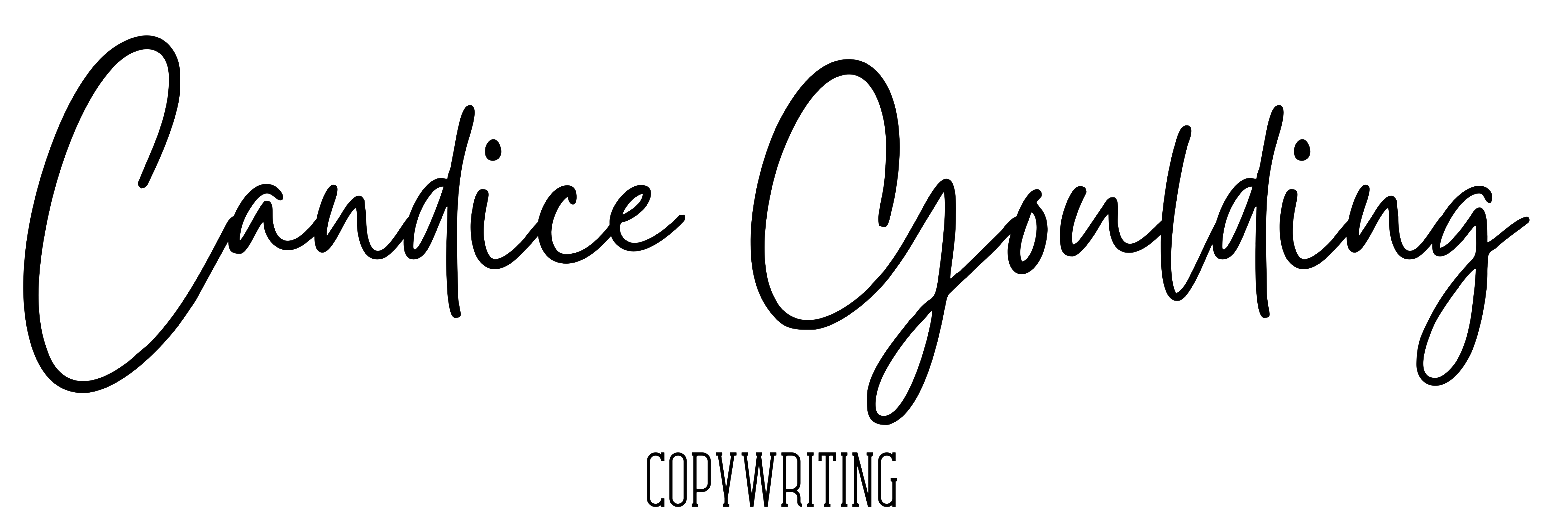When you are writing copy there are some simple rules to follow if you want it to work.
-
Keep it short
-
Keep it clear
-
Lead with the benefits
The first two points are fairly self-explanatory but I find that leading with the benefits is a stumbling block for most people.
Mostly because people often don’t know what a benefit is! One of the most common mistakes here is confusing benefits with features. Never fear, I’m here to fill in the blanks for you.
So, let’s start off with the important stuff.
What is a feature?
Features are the nifty attributes of a thing. Whether you are selling a product or a service, you will have a list of features that are part of what you are selling.
We are talking about the 15 blades on a razor. The lifetime access to course material. Even something like the Facebook community, which you can only join after a purchase, counts as a feature.
These things aren’t emotional. They are just facts. If you buy the thing, this is what you will get.
So, what is a benefit?
The benefit is how a feature affects your life. What can it give you? What does it change?
A benefit is a much more emotional facet of what you are offering. And because it is emotional, it’s usually the thing that strikes a chord with your potential clients.
You don’t care how many blades a razor has. You care about having the smoothest, most comfortable shave you can get.
Lifetime access to a course gives you the freedom to take things at your own pace. There’s no rush, no pressure, AND if you need to come back and brush up on some knowledge, the information is already waiting for you.
A Facebook group of people interested in the same thing as you gives you a safe space to discuss a common interest. It gives you a like-minded community for support.
Do you see how much more appealing the benefit is for each of those features?
Why does it matter?
Broadly speaking, your average audience doesn’t really care about the features at first. They want to know what they stand to gain from each of those features.
You may be thoroughly excited about certain aspects of what you are selling. You may want to shout about them from the rooftops. But you already know why those things are important. They are so intrinsically embedded that you don’t even think about WHY those features matter.
Your audience needs to be told those things, even if they seem obvious to you.
Digging deep into your benefits allows you to speak directly to the desires of your audience. That is how you build a connection with them.
Overcoming objections
You may find that, as you dig into your features and your benefits, you come across the answer to objections that get thrown your way.
Proving that the value you can add to someone’s life is one of the easiest ways to convince them that you are worth investing in. Whether it’s their time or their money.
And the easiest way to show people the value is to outline the benefits. Not only are you overcoming objections, but you are also building trust by addressing what matters most to your prospects.
Should I cut features from my copy?
No!! Your features are still the bones of what you are offering. If you pull them out entirely, you risk losing the stable footing you started with.
Outlining your features allows your audience to get a full picture of what you have to offer. It gives you the credibility you need to back up your benefits.
Promising a huge, life-changing benefit without any proof or information is unbelievable at best and downright sketchy at worst.
“Triple your income” sounds like an absolute dream come true. But without any information on how that will happen, it’s difficult to trust. Are you offering a course providing me with life-changing knowledge, or do I have to sell a limb to get this benefit?
Top tips for finding your benefits
1. Know your audience
I cannot say this enough times in enough blogs. You need to know who you are speaking to. The more you know about your audience, the easier it is to understand what they need from you. Check out Finding Your Ideal Client to learn more about your ideal client.
2. So what?
Make a list of every feature of what you are offering, and then ask yourself, “So what?” For each feature, ask why it matters. What does your ideal client stand to gain from that feature? What will it change in their lives?
3. Customer research
Never underestimate the power of asking for feedback. Asking your current clients what they liked about your business and why could give you benefits you hadn’t even considered.
Summary
Knowing the difference between features and benefits is one of the best ways to make sure you are speaking directly to the desires of your audience. This is how you can start to build a true connection with them.
Your features are the attributes and facts about what you are offering, while your benefits should outline how your prospect will benefit from those features.
Leading with your benefits will allow you to have a stronger impact on your audience, reaching them on a more emotional level. Your features will help lend credibility to those benefits, so don’t just forget about them!
Find your benefits by knowing your audience, asking questions and listening to your current clients.
Leading with your benefits will lead to more effective copy that really strikes a chord with your audience.
Get in touch if you want to know more.

